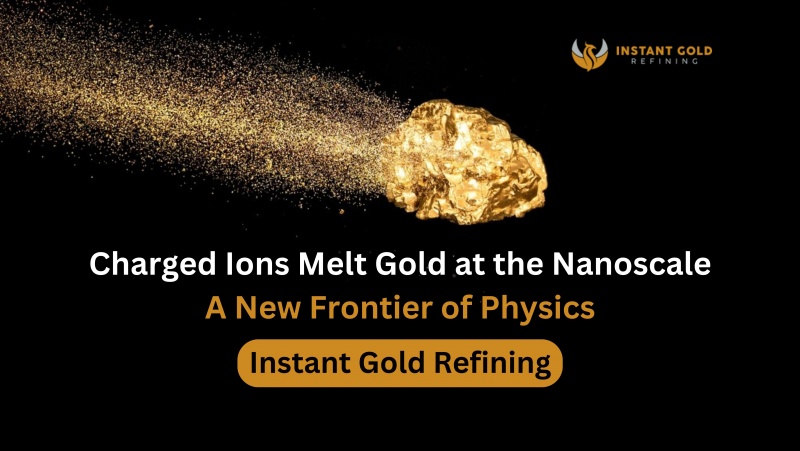The History of the Yukon Region
Gold was first found along the Klondike River in the late 1800s. This started the famous Klondike Gold Rush. Yukon is one of the best places to find gold in the world because of its unique geography and processes like glaciation. That made a lot of people want to go there.
In 1897, word got around about the Klondike gold rush. Thousands of people went to the Yukon to look for gold, many people there became billionaires overnight. People who ran banks, shops, and saloons benefited from miners and prospectors coming to the area. Dawson City grew into the largest city west of Winnipeg and north of Seattle as its economy grew.
For prospectors ready to suffer severe winters and isolation, the Yukon still offers dramatic gold finds.
Major Yukon Gold-Bearing Areas
Klondike: Dawson City was formed in the late 1800s Klondike Gold Rush. The Klondike River basin and its tributaries contain abundant placer and hard rock gold. Placer gold was formed from quartz veins eroded by valley slopes.
Whitehorse: Yukon capital Whitehorse is rich in gold. The Kluane Ranges’ creeks near Whitehorse contain placer gold and quartz. The Klondike Highway links Dawson City and Whitehorse via gold-bearing streams.
Mayo: Victoria Gold Corp.’s Eagle Gold Mine is in Mayo, central Yukon. Granitic intrusions in Dublin Gulch include gold-bearing quartz veins. The Stewart River receives placer gold from creeks. Mayo has the ancient Keno Hill silver district.
The Yukon is a prominent gold prospecting and mining destination due to its mineral potential, beauty, and frontier attitude.
How To Mine Gold in Yukon
Modern equipment is used in Yukon gold-digging to get gold out of mineral-rich dirt.
Placer mining involves extracting gold from gravels and sediments in active stream beds or ancient river channels. The Klondike Gold Rush began when placer mines were found in Yukon in the late 1800s. People who work as placer miners blast gravel layers with high-pressure water guns known as “monitors” to find gold. Sieves and sluices are used to sort the gold from the dirt.
In contrast to placer sources, hard rock gold is taken from bedrock. To dig, blast, and move ore in hard rock mining, you need big, heavy tools. In “free milling,” ore is broken down into a fine powder and mixed with water to make a syrup. Cyanide breaks down the gold in the slurry, which is then melted down to make bars.
To find gold reserves in modern gold mining, mineral research is needed. Geologists look for gold by taking samples and analysing data. To work with a material, the mining business needs permission and rights. This method considers how resources will affect the community and the world.
Yukon placer and hard rock mining uses both modern technology and ways that are good for the environment to get gold responsibly. Responsible gold mining is good for the business and the people of Yukon.






